BREAKING NEWS
LATEST POSTS
-
Daniel Parris – The Broken Economics of Streaming Services: A Stats Explainer
https://www.statsignificant.com/p/the-broken-economics-of-streaming
This report examines the financial instability in the streaming industry, focusing on the unsustainable economic models of platforms such as Paramount Plus.
Content Costs and Subscriber Retention
- Expenditure on Content: Streaming services invest heavily in content creation and acquisition to attract subscribers.
- Diminishing Returns: The escalating costs lead to diminishing returns as subscriber growth plateaus.
Competitive Landscape
- Continuous Production: High competition forces continuous, expensive content production to retain subscribers.
Future Projections
- Cable TV Model: The industry may shift towards models resembling traditional cable TV, incorporating advertising, subscription bundling, and higher prices to achieve financial sustainability.
NEWS TV NEWS
Hollywood’s Top TV Execs Are Happy About The Death Of Peak TV – Here’s Whyhttps://www.slashfilm.com/1593571/peak-tv-dead-hollywood-top-tv-execs-happy/
- Streaming services weren’t required to reveal their subscription numbers or actual viewership
- Shows just needed to look good on paper for investors and stockholders.
- Creators and actors soon learned they weren’t getting paid beyond an initial flat fee; royalties were now gone.
- 600 shows at once wasn’t good for anyone
- Thanks to the strikes, it all came crashing down
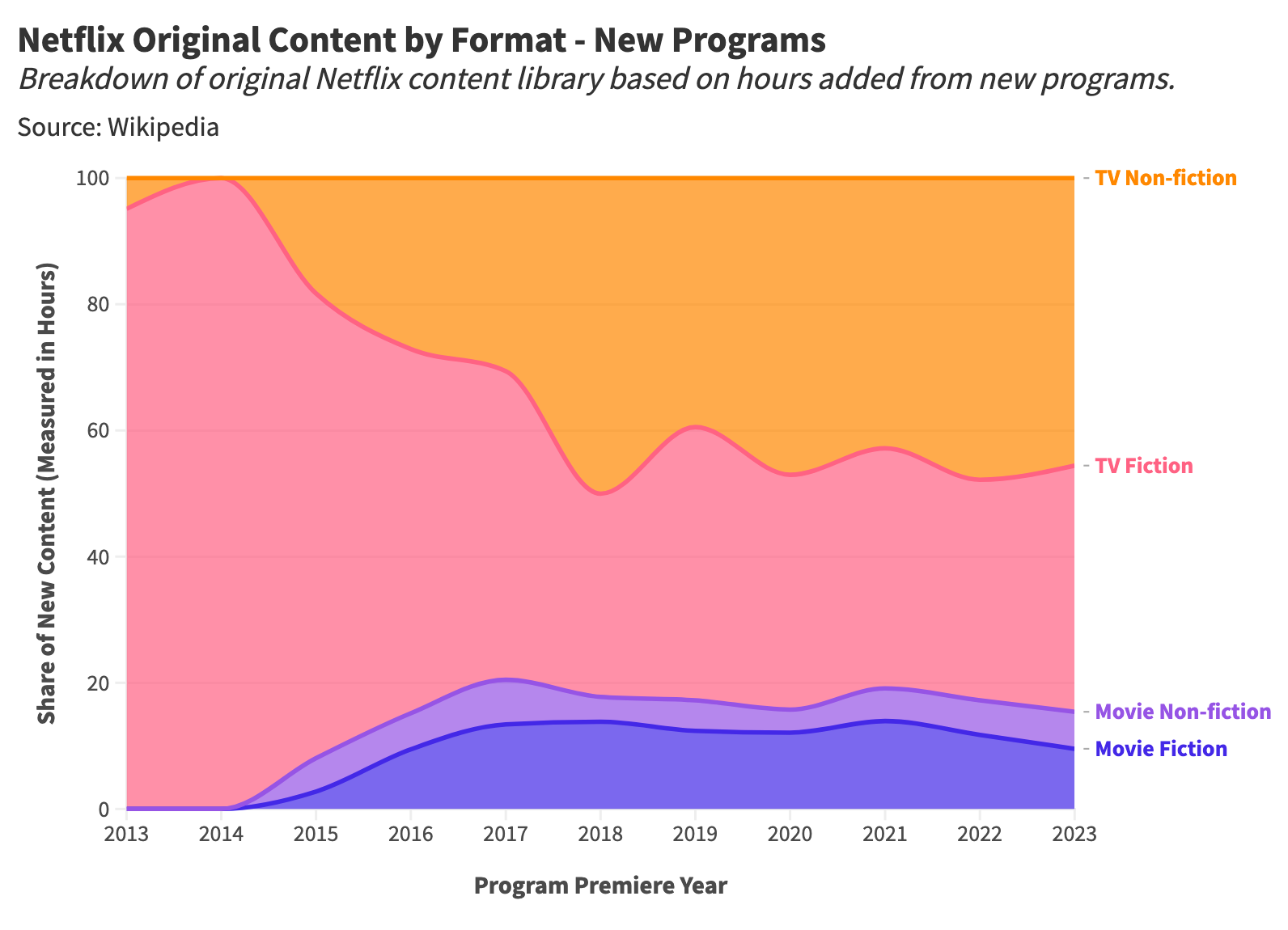
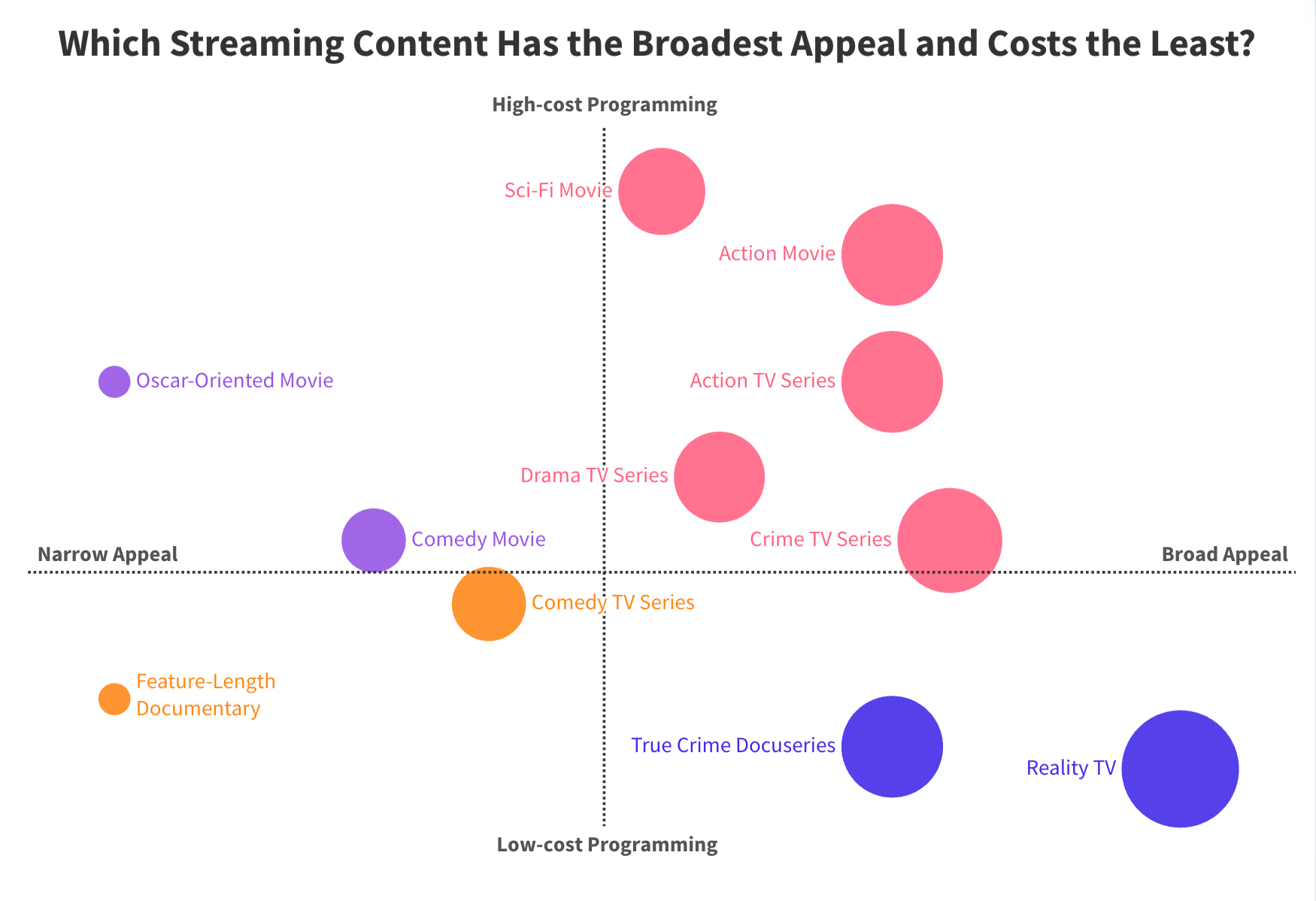

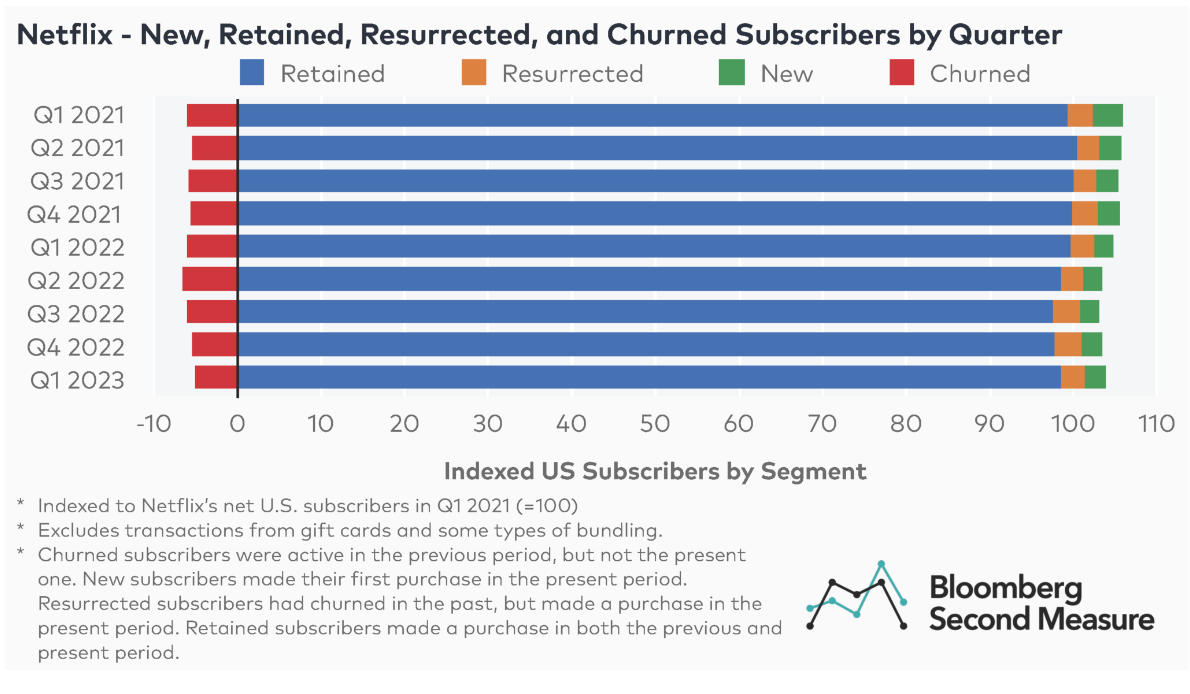
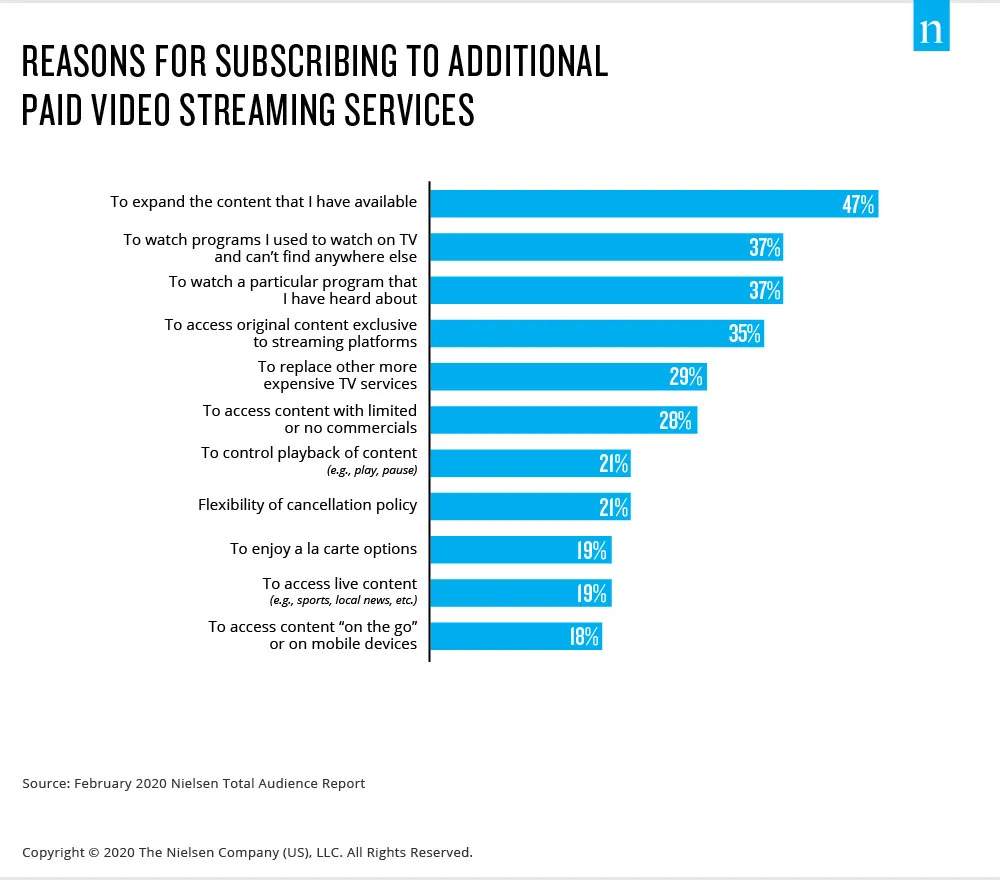
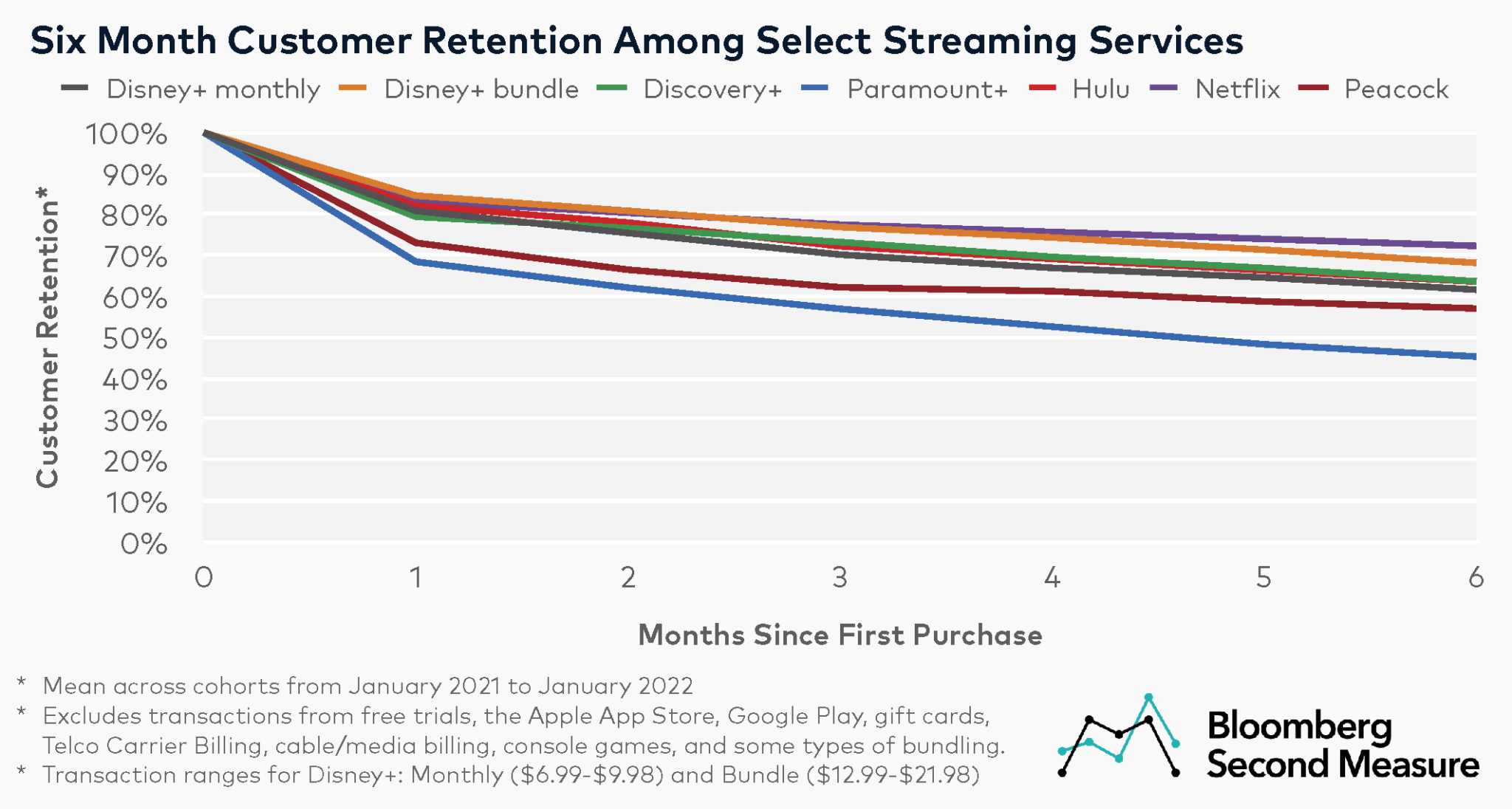
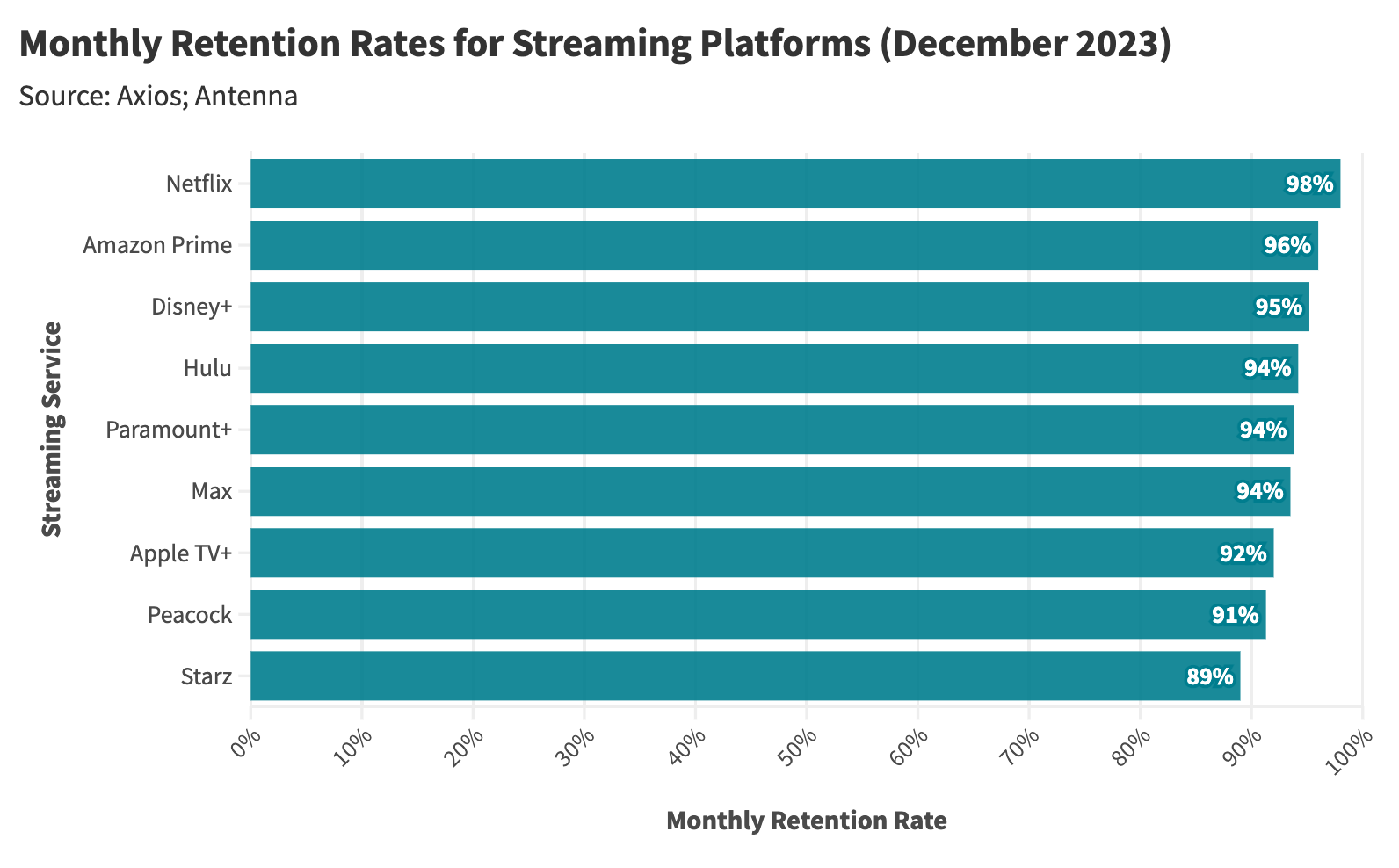
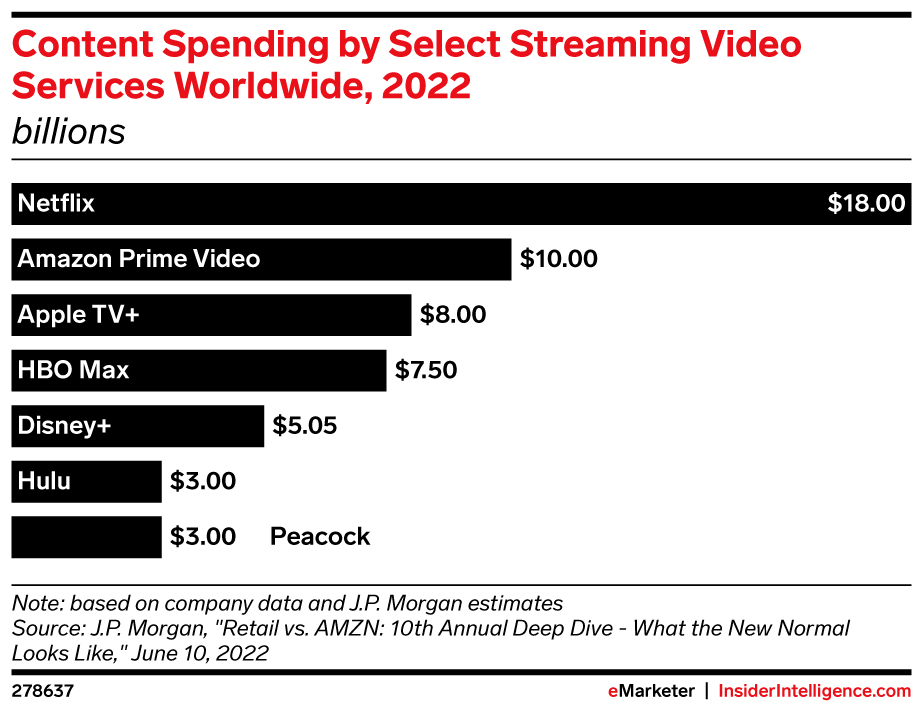
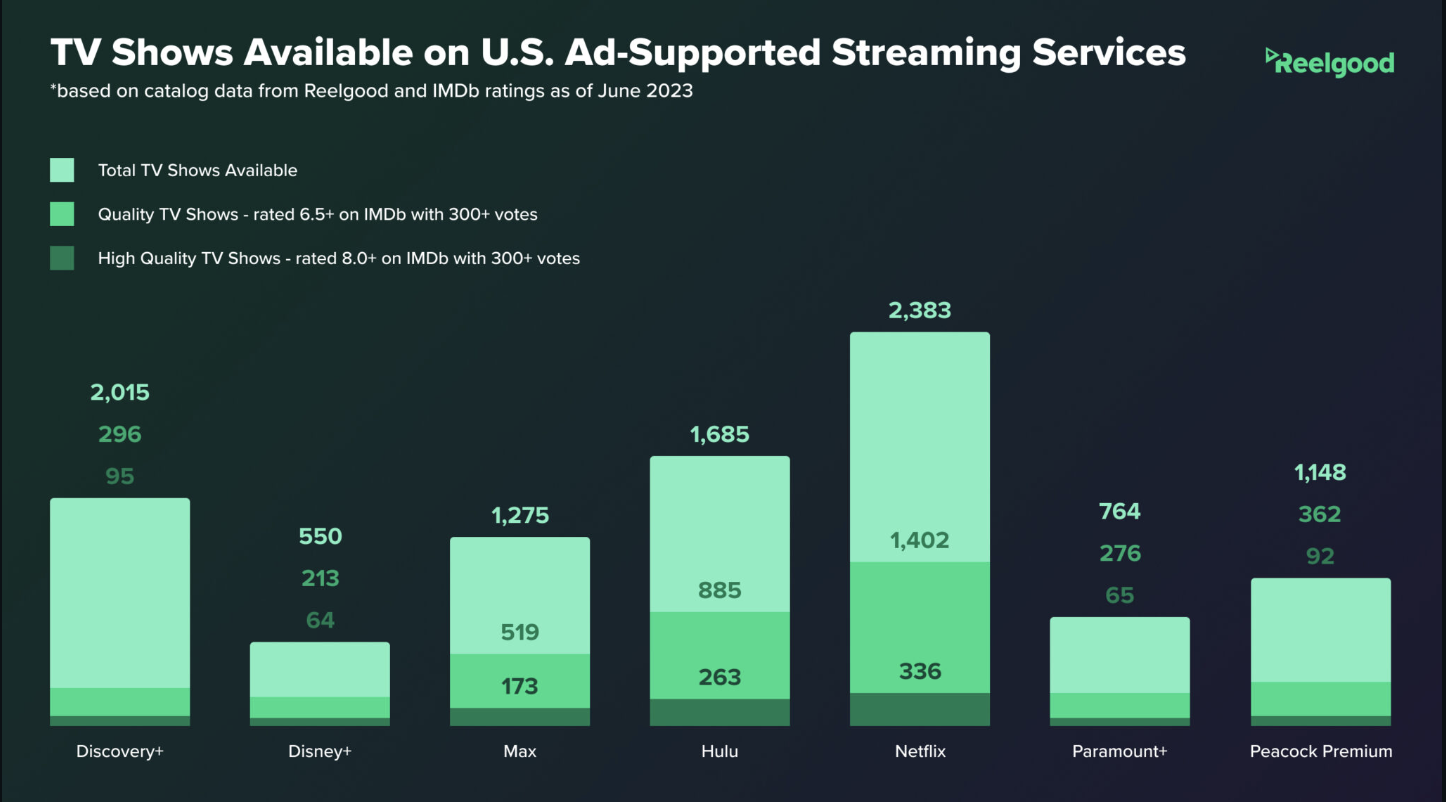
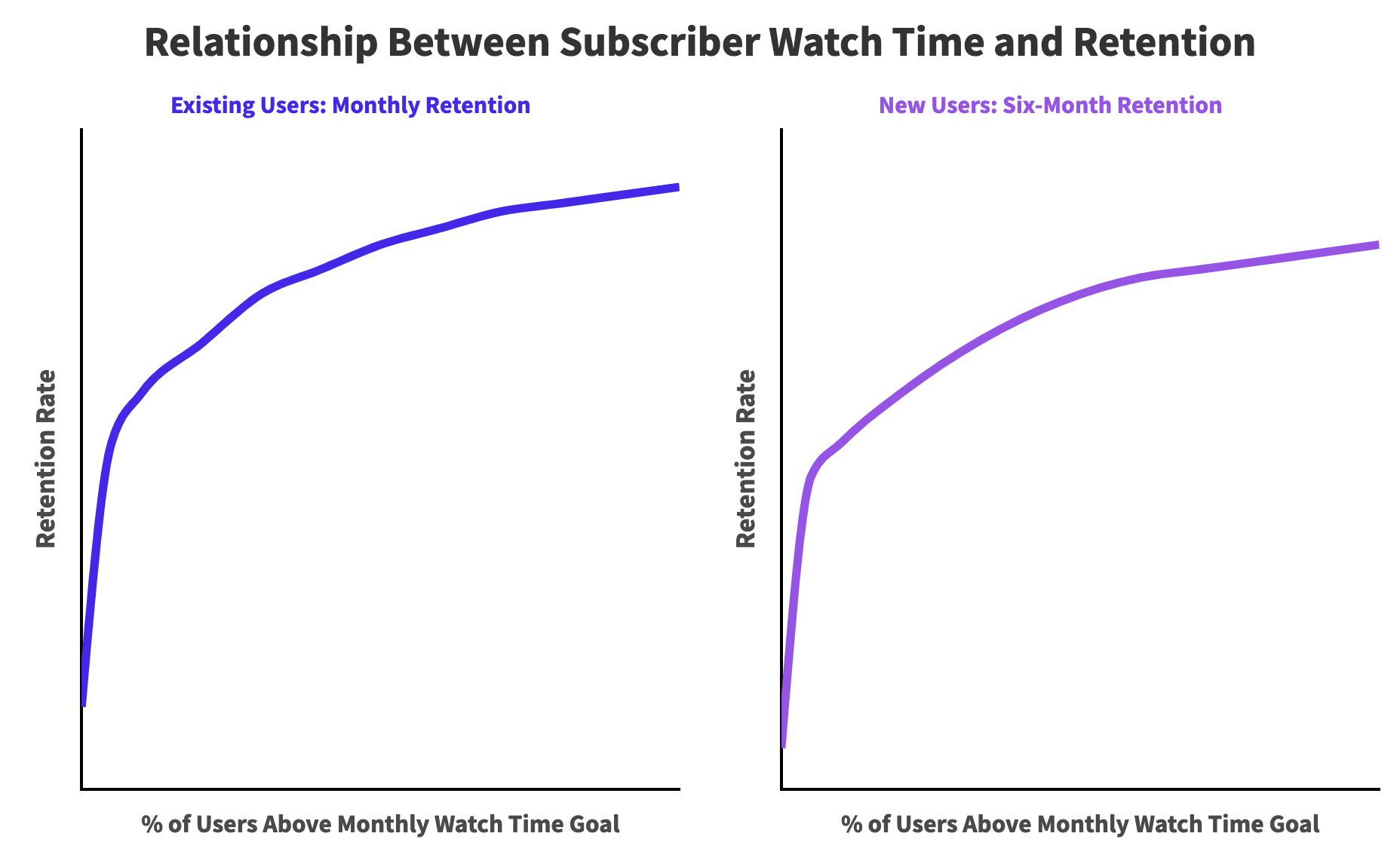
-
Sangeet Paul Choudary – AI won’t eat your job, but it will eat your salary
https://medium.com/@sanguit/ai-wont-eat-your-job-but-it-will-eat-your-salary-a810121d89e4
intelligence (AI) is likely to impact job salaries rather than eliminating jobs entirely. The primary argument is that AI will erode the skill premium traditionally commanded by high-skilled workers. This erosion happens through three key mechanisms:
- Skill Premium on Specialized Tasks: AI enables low-skilled workers to perform tasks at a level comparable to high-skilled workers, making skilled workers more substitutable and reducing their wage premium.
- Skill Premium on Learning Advantages: AI’s ability to continuously learn and improve from vast amounts of data threatens professions that rely on continuous learning and skill development. For example, in healthcare, AI can absorb and replicate the learning and expertise of doctors, diminishing their unique value.
- Skill Premium on Managerial Advantages: AI agents can take over managerial tasks like planning and resource allocation, which have traditionally required human intervention. As AI becomes more sophisticated, even complex managerial roles might lose their premium as AI performs these functions more efficiently.
These factors collectively lead to a commoditization of skills, reducing the relative advantage and salary premium of traditionally high-skilled and managerial roles. The article emphasizes that while AI may not replace jobs outright, it will significantly affect how jobs are valued and compensated.
-
-
John Cutler – The production Failure Threshold (for Start Ups)
https://cutlefish.substack.com/p/tbm-290-the-dependency-threshold
There’s a point beyond which no individual, no team, and no company can solve the dependency and constraint puzzle using brute-force methods.
Imagine a company where 10% of the work involves multiple teams, touches different codebases, requires careful coordination, and requires frequent meetings that span organizational boundaries and challenge local incentives. This situation might still be feasible.
Now imagine that this percentage is more like 25%. Very quickly, the constraint satisfaction problem becomes an order of magnitude more complex.
What might a heuristic approach look like in product development?
- Reducing work-in-progress limits
- Force ranking priorities
- Weighted-shortest-job-first
There (is) a chance that teams will miss an opportunity to find an optimal solution? Yes. But the probability of that happening is far outweighed by the likelihood that 1) bad things will NOT happen, and 2) good things may emerge.
The trouble, I believe, is that it can be incredibly hard for managers to make the case for, on the surface, doing less. Discussions about WIP limits and prioritization often devolve into debates over the actual WIP limit and precise estimates! Instead of seeing the forest through the trees, we obsess about finding the optimal answer.
FEATURED POSTS
-
SkyworkAI Matrix-3D – Omnidirectional Explorable 3D World Generation
https://github.com/SkyworkAI/Matrix-3D
Matrix-3D utilizes panoramic representation for wide-coverage omnidirectional explorable 3D world generation that combines conditional video generation and panoramic 3D reconstruction.
- Large-Scale Scene Generation : Compared to existing scene generation approaches, Matrix-3D supports the generation of broader, more expansive scenes that allow for complete 360-degree free exploration.
- High Controllability : Matrix-3D supports both text and image inputs, with customizable trajectories and infinite extensibility.
- Strong Generalization Capability : Built upon self-developed 3D data and video model priors, Matrix-3D enables the generation of diverse and high-quality 3D scenes.
- Speed-Quality Balance: Two types of panoramic 3D reconstruction methods are proposed to achieve rapid and detailed 3D reconstruction respectively.
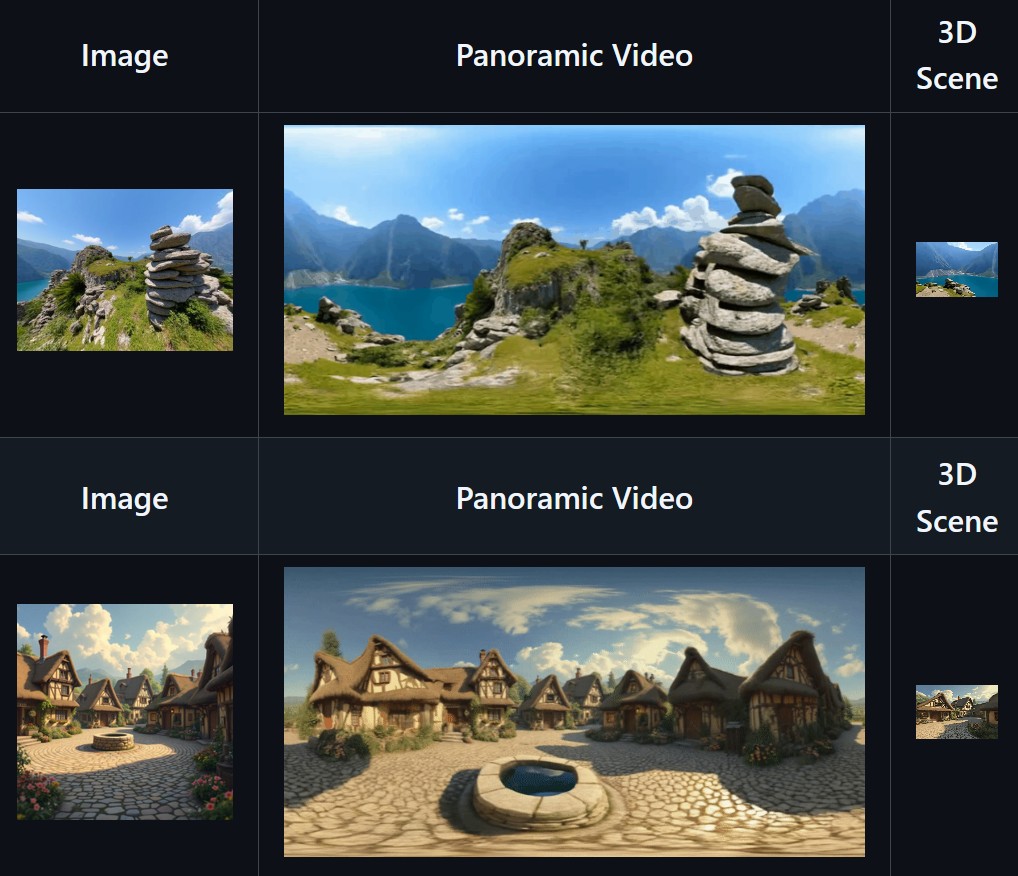
-
The Public Domain Is Working Again — No Thanks To Disney
www.cartoonbrew.com/law/the-public-domain-is-working-again-no-thanks-to-disney-169658.html
The law protects new works from unauthorized copying while allowing artists free rein on older works.
The Copyright Act of 1909 used to govern copyrights. Under that law, a creator had a copyright on his creation for 28 years from “publication,” which could then be renewed for another 28 years. Thus, after 56 years, a work would enter the public domain.
However, the Congress passed the Copyright Act of 1976, extending copyright protection for works made for hire to 75 years from publication.
Then again, in 1998, Congress passed the Sonny Bono Copyright Term Extension Act (derided as the “Mickey Mouse Protection Act” by some observers due to the Walt Disney Company’s intensive lobbying efforts), which added another twenty years to the term of copyright.
it is because Snow White was in the public domain that it was chosen to be Disney’s first animated feature.
Ironically, much of Disney’s legislative lobbying over the last several decades has been focused on preventing this same opportunity to other artists and filmmakers.The battle in the coming years will be to prevent further extensions to copyright law that benefit corporations at the expense of creators and society as a whole.




